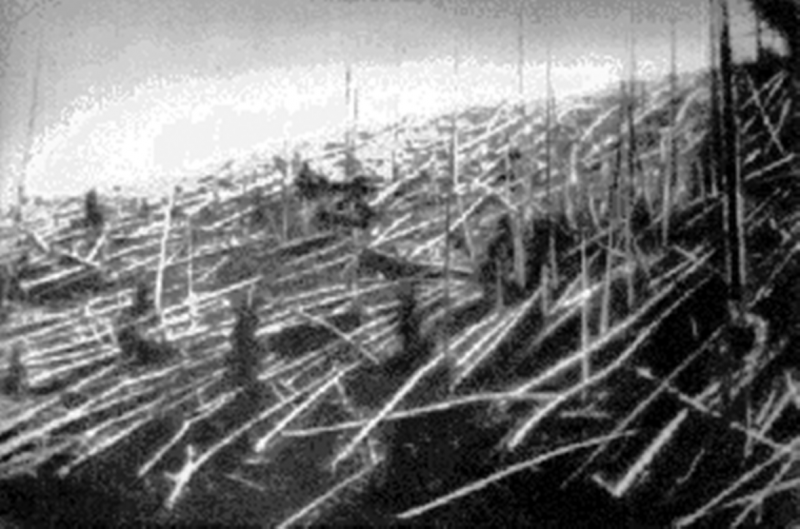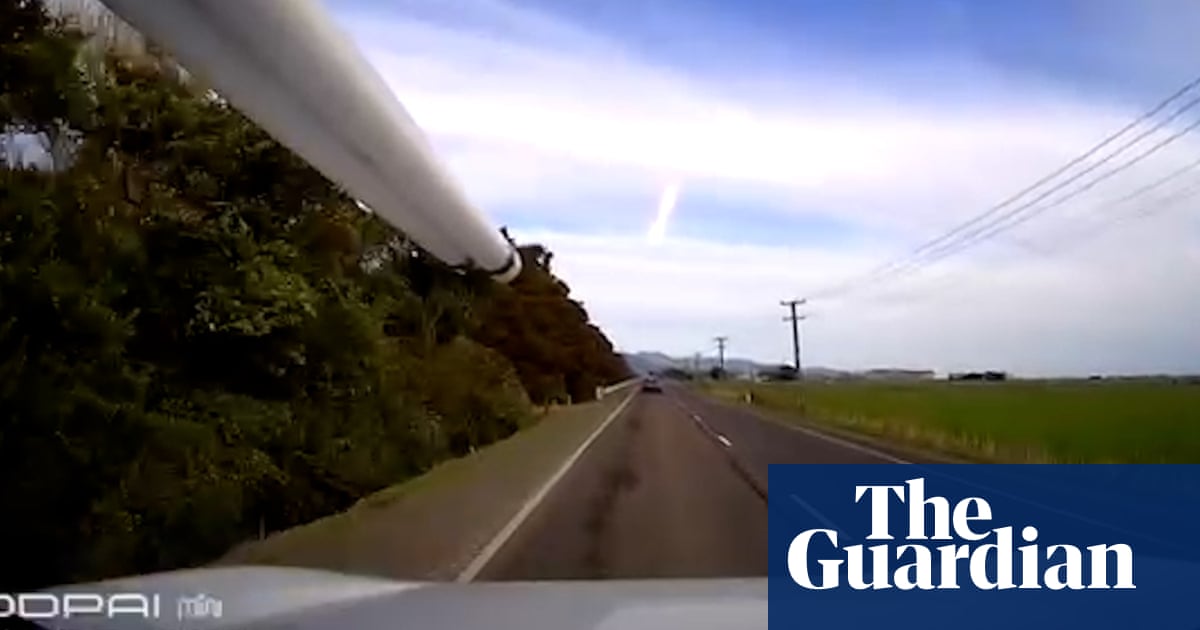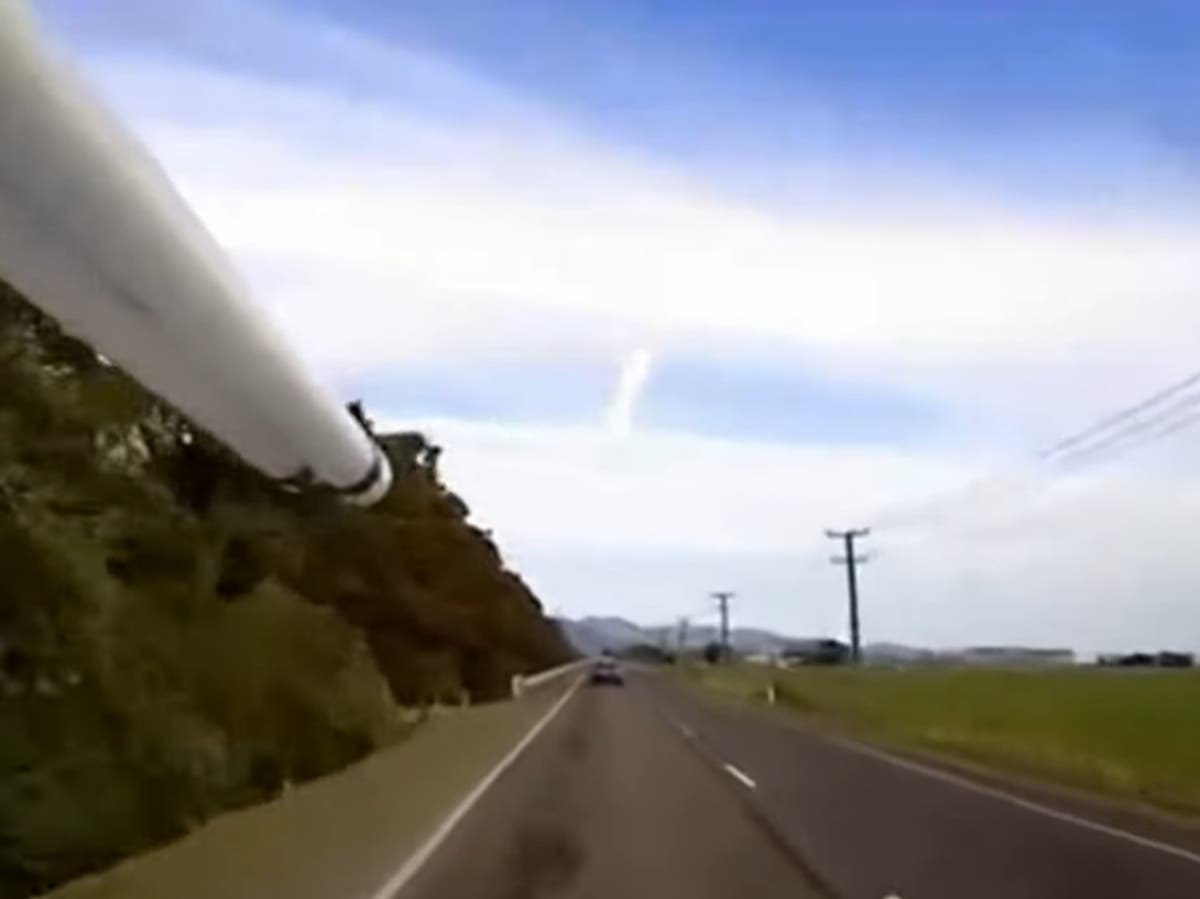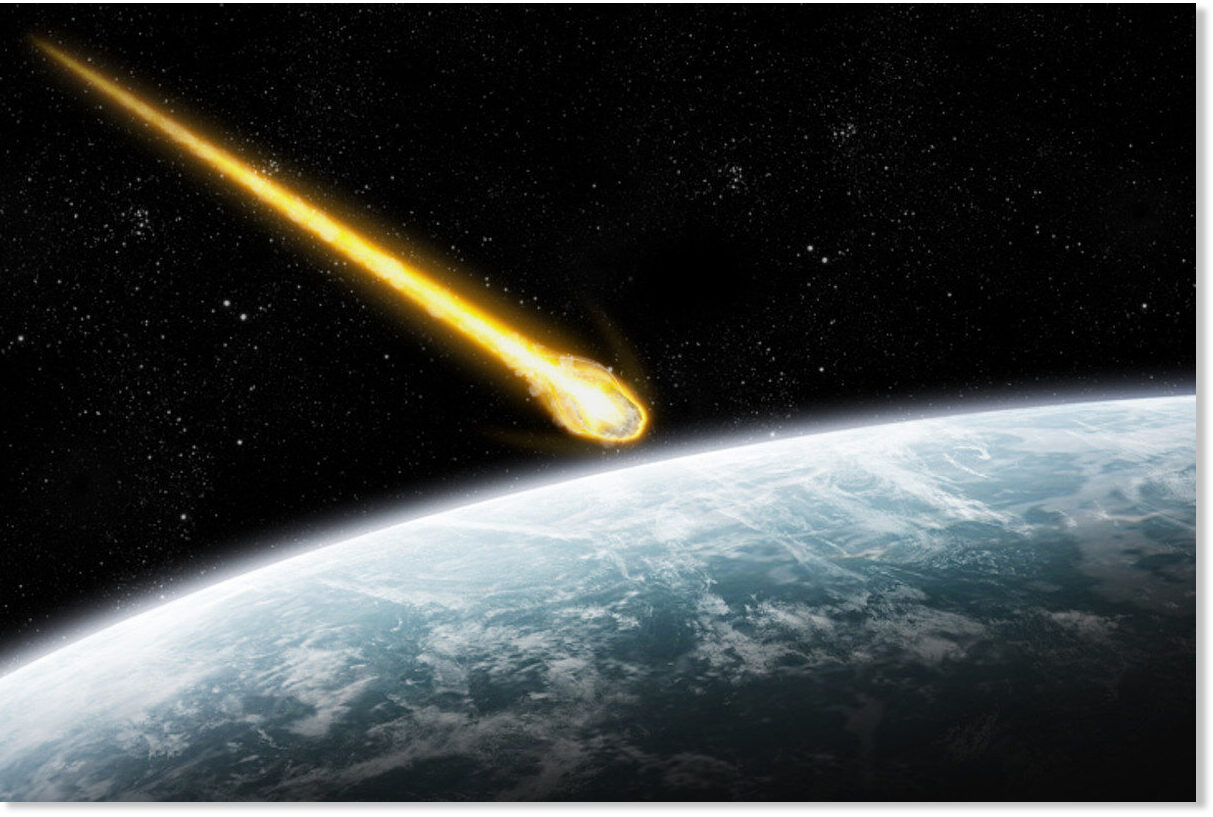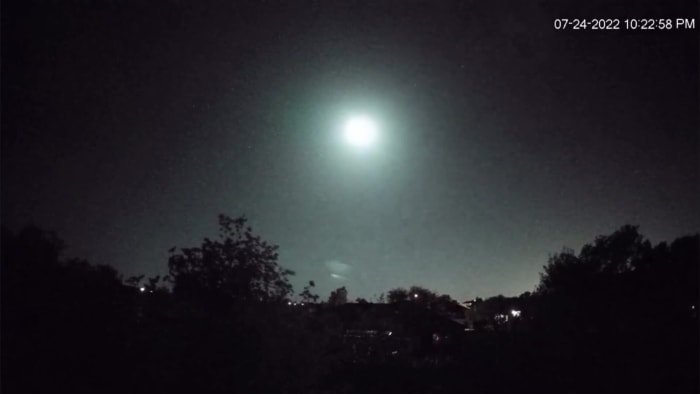People across the North Island flooded social media with reports of the object, with some describing the sound as being like an earthquake

www.theguardian.com
Reports of fireball over New Zealand in what scientists think was rare daytime meteor
People across the North Island flooded social media with reports of the object, with some describing the sound as being like an earthquake
New Zealanders across the North Island have
reported rumbling, crackling sounds, a fireball and a huge flash of light streaking across the sky on Thursday afternoon, in what scientists believe was likely a meteor.
Local
media outlets and social media were flooded with reports and queries about the sight, with some witnesses describing rumbles, bangs, a crackling sound in their ears, hair standing on end, rattling windows or a streak or explosion of light, followed by a smoke trail.
Seismologists at Geonet picked up a presumed sound wave from the object, and weather scientists for Metservice believe they picked up the object – or its smoke trail – on radar.
Plumber Curtis Powell captured the phenomenon on his dashcam while driving north of Shannon at 1.39pm on Thursday.
“We were just driving to a job in Shannon when I saw a blue line falling in the sky, then a massive bright light,” he said. “Realised my dashcam was recording and downloaded the video – once-in-a-lifetime spectacle.”
On social media, people shared photos and swapped stories of their sightings. “I’m so glad someone caught it … I thought I was hallucinating,” said one commenter.
A number of people mistook the rumbling sound for an earthquake.
“We thought it was an earthquake, but it didn’t sound right, more like a large heavy truck, with a beat, but there were no trucks near our house at the time.
The house vibrated slightly too,” one Twitter user said.
Dr Duncan Steel, a Wellington-based space scientist who has worked for
Nasa, said the object was likely a piece of meteor – and to see one in the daytime was a rare experience.
“In my lifetime I’ve only ever seen one daytime meteor. They are due to macrometeoroids in the atmosphere coming in very quickly, typically 30km per second.
To be seen during the daytime it would need to be quite large, something the size of a rugby ball or bigger – that’s what makes them rare,” he said.
Some eyewitnesses described hearing crackling as the object moved through the sky, in what Steel said was likely “electrophonic sound”. Allan Gilmore of Canterbury University’s Mt John Observatory said in a radio interview that meteors, and their accompanying electrical charge, could cause some people’s hair to stand on end.
“People with frizzy hair often hear it, while the people who don’t have frizzy hair don’t hear it,” Gilmore said.
Dr Ian Griffin, the director of the Otago Museum, urged members of the public to keep any photos or videos. “We might be able to use them to triangulate the position of the thing, and where it landed – if it did land,” he said.
“It may be quite scientifically important to retrieve … meteorites in this country are quite rare so actually getting one would be quite cool.”
